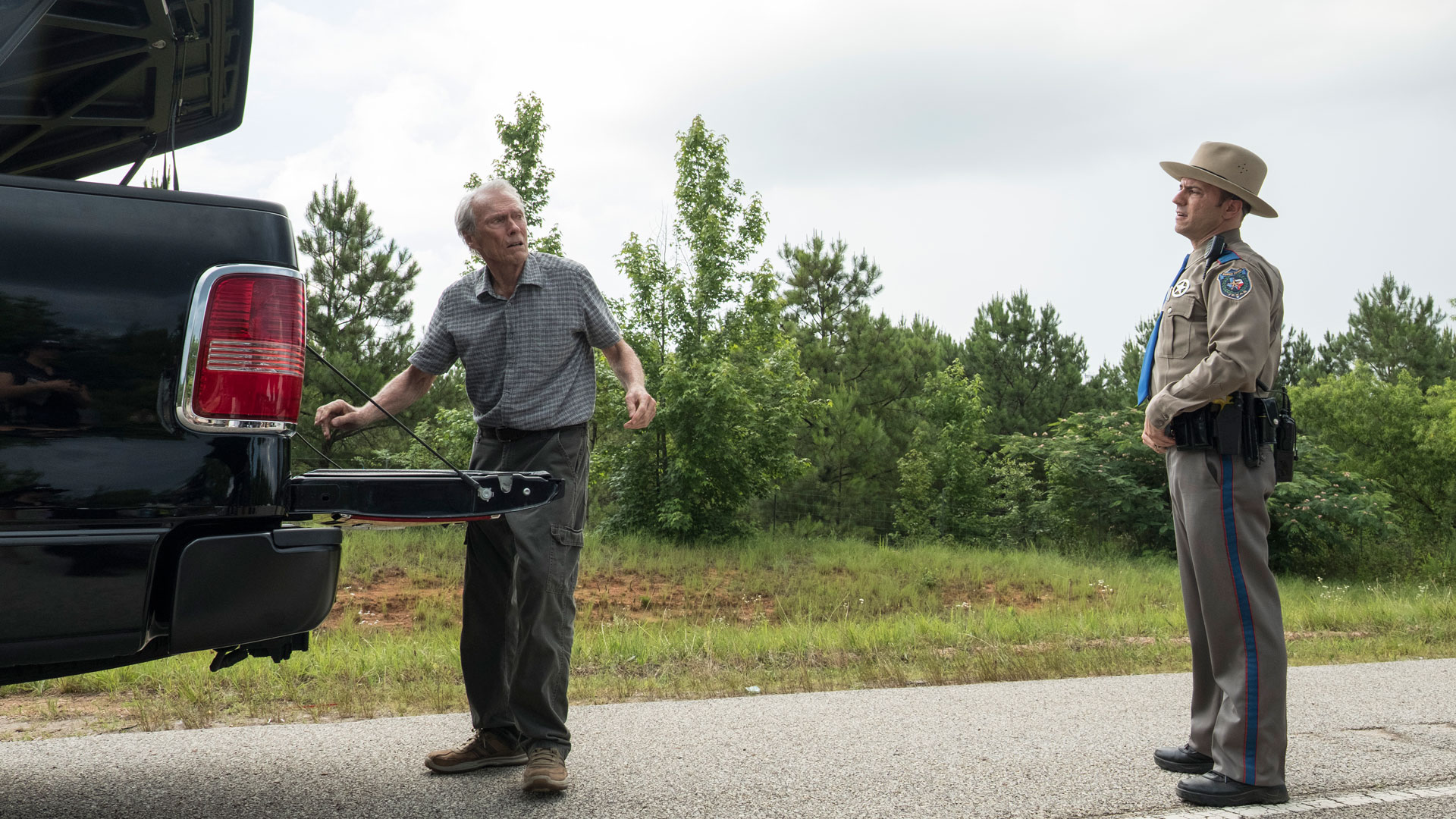Taking over camera duties for the legendary director as Eastwood returns to acting with a bittersweet story about an elderly drug runner was a thrill and an education for Canadian cinematographer.
With Clint Eastwood’s longtime cinematographer, Tom Stern, ASC, unavailable, the famed director turned to Canadian cinematographer Yves Bélanger for the first time to shoot his current movie, The Mule, and in the process, gave Bélanger a big thrill.
“I knew [Eastwood’s work] because I have been watching his movies since I was about seven years old and he has been directing since I was about 12 years old, or something like that,” Bélanger recently recalled during a conversation for the Podcasts from the Front Lines series. “I learned a lot, including that I’m not afraid of anything. I worked with the biggest idol of my life, and I wasn’t scared.”
Audio-only version:
Subscribe: Apple Podcasts | RSS
Bélanger got the gig due to his relationship with Eastwood’s longtime camera operator, Stephen Campanelli, an old college buddy from Montreal. “Steve and Clint are friends, and at one point, when they needed someone, I think they just said to each other, ‘Let’s try Bélanger,’” he says. He adds that fitting in with Eastwood’s longtime, established crew “was seamless,” both because of his relationship with Campanelli, who “always told me the way they work,” and because the way Eastwood works is “kind of European.”
“With him, the camera operator is very important, like in Europe,” he says. “The DP is there for the lighting and the general outlook, but the camera operator is the first [line of defense]. So Steve is very important to the process, and the assistant director [David Bernstein] is very important to the process. So I just had to fit in. My goal was to follow Clint’s style, but in a modern way. I tried to be American classic with Clint, which means strong contrasts, but I wanted it to be real. I didn’t want it to look too lit.”
Bélanger explains that this lighting approach was meant to pay homage to Eastwood’s classical lighting style, but with more modern instruments. “Where all his DPs come from is the same [lighting] source, classic lighting, which usually means you use Fresnel lighting, you flag and net and you have to put a fill light out there because Fresnel makes a strong shadow,” he relates. “I wanted to do the same kind of contrast, but with modern lighting, which means lights coming on different windows and use of practicals — using strong but soft light. So you have a contrast, but something softer, nicer for the human face.”
At the end of the day, Bélanger says it all worked out great, that Eastwood was “easy to please,” and “really polite with me.”
To hear full the full podcast conversation about shooting The Mule, listen to the podcast file or watch the video above.
Look for a new episode of Podcasts from the Front Lines every month at StudioDaily.com. Visit our archive of past episodes for more stories from the trenches of modern movie-making.
Crafts: Shooting
Sections: Creativity
Topics: Podcast Podcasts from the Front Lines led lighting yves belanger
Did you enjoy this article? Sign up to receive the StudioDaily Fix eletter containing the latest stories, including news, videos, interviews, reviews and more.









